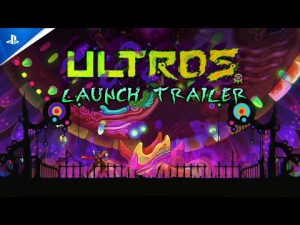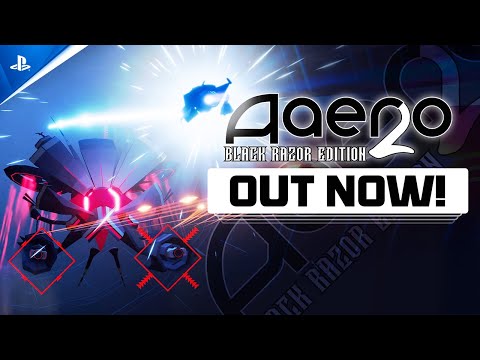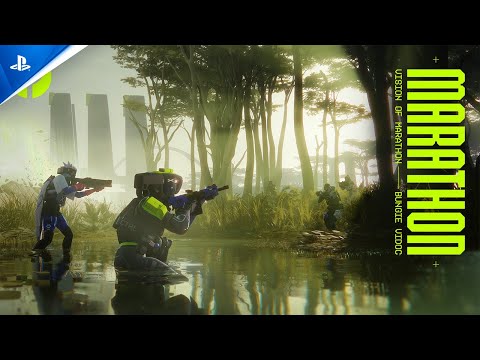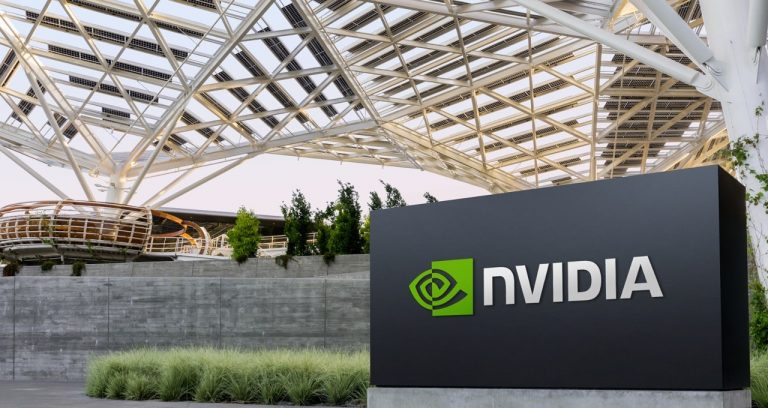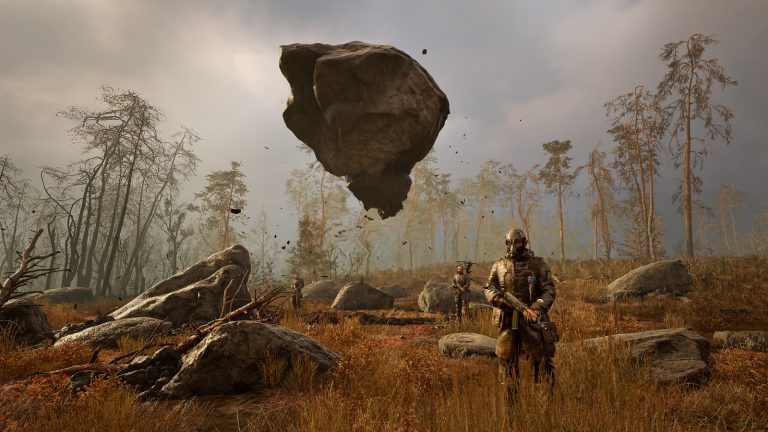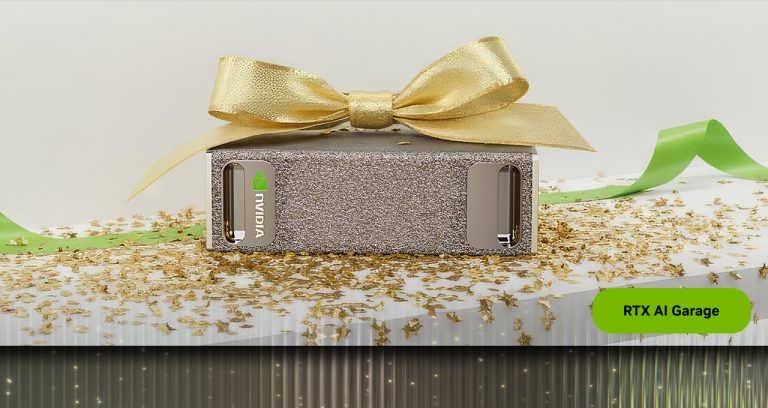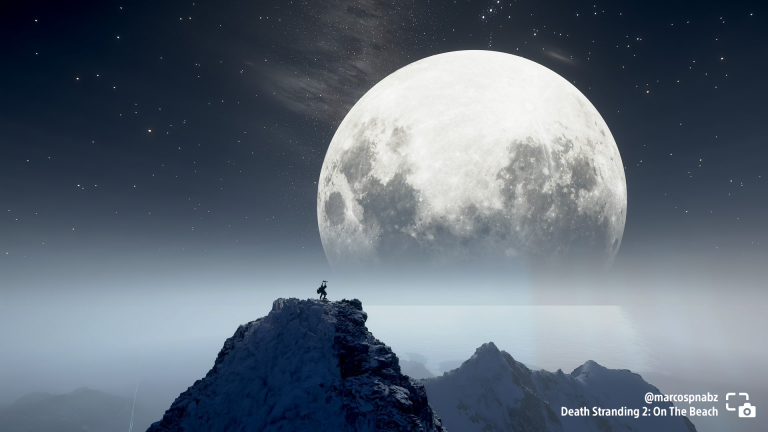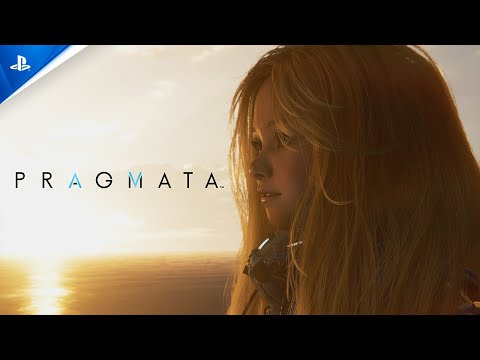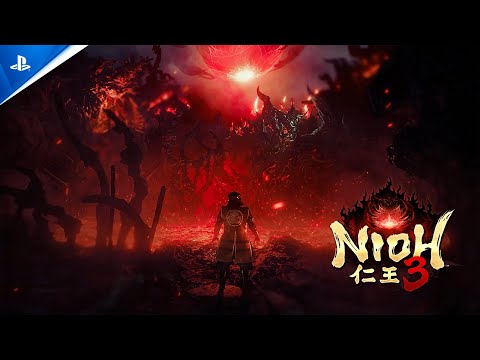NVIDIA launched NVIDIA Studio at COMPUTEX in 2019. Five years and more than 500 NVIDIA RTX-accelerated apps and games later, it’s bringing AI to even more creators with an array of new RTX technology integrations announced this week at COMPUTEX 2024.
Newly announced NVIDIA GeForce RTX AI laptops — including the ASUS ProArt PX13 and P16 and MSI Stealth 16 AI+ laptops — will feature dedicated RTX Tensor Cores to accelerate AI performance and power-efficient systems-on-a-chip with Windows 11 AI PC features. They join over 200 laptops already accelerated with RTX AI technology.
NVIDIA RTX Video, a collection of technologies including RTX Video Super Resolution and RTX Video HDR that enhance video content streamed in browsers like Google Chrome, Microsoft Edge and Mozilla Firefox, is coming to the free VLC Media Player. And for the first time in June, creators can enjoy these AI-enhanced video effects in popular creative apps like DaVinci Resolve and Wondershare Filmora.
DaVinci Resolve and Cyberlink PowerDirector are adding NVIDIA’s new H.265 Ultra-High-Quality (UHQ) mode, which uses the NVIDIA NVENC to increase high-efficiency video coding (HEVC) and encoding efficiency by 10%.
NVIDIA RTX Remix, a modding platform for remastering classic games with RTX, will soon be made open source, allowing more modders to streamline how assets are replaced and scenes are relit. RTX Remix will also be made accessible via a new REST application programming interface (API) to connect the platform to other modding tools like Blender and Hammer.
Creative apps are continuing to adopt AI-powered NVIDIA DLSS for higher-quality ray-traced visuals in the viewport, with 3D modeling platform Womp being the latest to integrate DLSS 3.5 with Ray Reconstruction.
NVIDIA unveiled Project G-Assist, an RTX-powered AI-assistant technology demo that provides context-aware help for PC games and apps.
The new NVIDIA app beta update adds 120 frames per second AV1 video capture and one-click performance-tuning.
And the latest Game Ready Driver and NVIDIA Studio Driver are available for installation today.
Video Gets the AI Treatment
RTX Video is a collection of real-time, AI-based video enhancements — powered by RTX GPUs equipped with AI Tensor Cores — to dramatically improve video quality.
It includes RTX Video Super Resolution — an upscaling technology that removes compression artifacts and generates additional pixels to improve video sharpness and clarity up to 4K — and RTX Video HDR, which transforms standard dynamic range videos into stunning high-dynamic range on HDR10 displays.
NVIDIA has released the RTX Video software development kit, which allows app developers to add RTX Video effects to creator workflows.
Blackmagic Design’s DaVinci Resolve, a powerful video editing app with color correction, visual effects, graphics and audio post-production capabilities, will be one of the first to integrate RTX Video. The integration is being demoed on the COMPUTEX show floor.
Wondershare Filmora, a video editing app with AI tools and pro-level social media video editing features, will support RTX Video HDR, coming soon.
Wondershare Filmora will soon support RTX Video HDR.
VLC Media Player — an open-source, cross-platform media player, has added RTX Video HDR in its latest beta release, following its recently added support for Mozilla Firefox.
NVIDIA hardware encoders deliver a generational boost in encoding efficiency to HEVC. Performance tested on dual Xeon Gold-6140@2.3GHz running NVIDIA L4 Tensor Core GPUs with driver 520.65.
NVIDIA also released a new UHQ mode in NVENC, a dedicated hardware encoder on RTX GPUs, for the HEVC video compression standard (also known as H.265). The new mode increases compression by 10% without diminishing quality, making NVENC HEVC 34% more efficient than the typically used x264 Medium compression standard.
DaVinci Resolve and Cyberlink PowerDirector video editing software will be adding support for the new UHQ mode in their next updates. Stay tuned for official launch dates.
RTX Remix Open Sources Creator Toolkit
NVIDIA RTX Remix allows modders to easily capture game assets, automatically enhance materials with generative AI tools and create stunning RTX remasters with full ray tracing.
RTX Remix open beta recently added DLSS 3.5 support featuring Ray Reconstruction, an AI model that creates higher-quality images for intensive ray-traced games and apps.
Later this month, NVIDIA will make the RTX Remix Toolkit open source, allowing more modders to streamline how assets are replaced and scenes are relit. The company is also increasing the supported file formats for RTX Remix’s asset ingestor and bolstering RTX Remix’s AI Texture Tools with new models.
The RTX Remix toolkit is now completely open source.
NVIDIA is also making the capabilities of RTX Remix accessible via a new powerful REST API, allowing modders to livelink RTX Remix to other DCC tools such as Blender and modding tools such as Hammer. NVIDIA is also providing an SDK for the RTX Remix runtime to allow modders to deploy RTX Remix’s renderer into other applications and games beyond DirectX 8 and 9 classics.
Catch Some Rays
NVIDIA DLSS 3.5 with Ray Reconstruction enhances ray-traced image quality on NVIDIA RTX and GeForce RTX GPUs by replacing hand-tuned denoisers with an NVIDIA supercomputer-trained AI network that generates higher-quality pixels in between sampled rays.
Previewing content in the viewport, even with high-end hardware, can sometimes offer less-than-ideal image quality, as traditional denoisers require hand-tuning for every scene. With DLSS 3.5, the AI neural network recognizes a wide variety of scenes, producing high-quality preview images and drastically reducing time spent rendering.
The free browser-based 3D modeling platform Womp has added DLSS 3.5 to enhance interactive, photorealistic modeling in the viewport.
DLSS 3.5 with Ray Reconstruction unlocks sharper visuals in the viewport.
Chaos Vantage and D5 Render, two popular professional-grade 3D apps that feature real-time preview modes with ray tracing, have also seen drastic performance increases with DLSS 3.5 — up to a 60% boost from Ray Reconstruction and 4x from all DLSS technologies.
Tools That Accelerate AI Apps
The vast ecosystem of open-source AI models currently available are usually pretrained for general purposes and run in data centers.
To create more effective app-specific AI tools that run on local PCs, NVIDIA has introduced the RTX AI Toolkit — an end-to-end workflow for the customization, optimization and deployment of AI models on RTX AI PCs.
Partners such as Adobe, Topaz and Blackmagic Design are integrating RTX AI Toolkit within their popular creative apps to accelerate AI performance on RTX PCs.
Developers can learn more on the NVIDIA Technical Blog.


